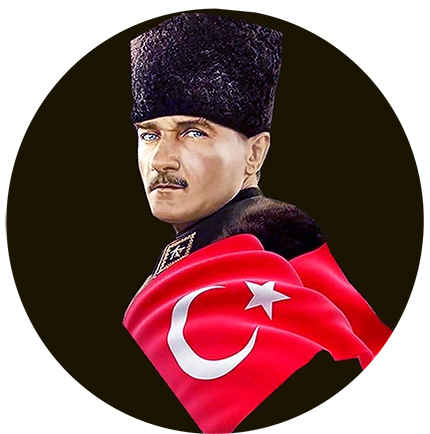Why isn’t Istanbul the capital of Turkey?

Reasons
- Historical Facts
The decision to move the capital of Turkey from Istanbul to Ankara in 1923 was a significant event in Turkish history, driven by several key factors. Historically, Istanbul, previously known as Constantinople, was the capital of the Byzantine Empire and then the Ottoman Empire for over a millennium. It was a vibrant cultural and economic hub.
However, the early 20th century was a period of profound change for Turkey, and several reasons contributed to the decision to designate Ankara as the new capital.
Strategic and Geographic Reasons
Central Location:
Ankara’s Centrality: Unlike Istanbul, which is located at the edge of the country, Ankara is situated in the heart of Anatolia. This central location made it more accessible from all parts of Turkey, facilitating better administration and communication across the nation.
Defensive Advantages:
Inland Security: Ankara’s inland position offered better protection against foreign invasions. Istanbul, being a coastal city, was more vulnerable to naval attacks. In the wake of World War I and the subsequent Turkish War of Independence, security concerns were paramount.
Political and Symbolic Reasons
Modernization and Secularism:
Symbol of Change: Mustafa Kemal Atatürk, the founder of modern Turkey, aimed to break away from the Ottoman past and establish a new, secular, and modern state. Moving the capital to Ankara symbolized a new beginning and a break from the Ottoman legacy centered in Istanbul.
National Unity:
Uniting the Country: Ankara was seen as a neutral and unifying location, free from the political and historical baggage of Istanbul. It was important to have a capital that represented the entire nation rather than one steeped in the imperial history of the Ottomans.
Economic and Developmental Reasons
Economic Development:
Boost to the Interior: By making Ankara the capital, the government intended to promote economic development in the interior regions of Turkey. Istanbul was already a developed and prosperous city, whereas central Anatolia was relatively underdeveloped.
Infrastructure Projects:
Modernization Efforts: The establishment of the capital in Ankara led to significant infrastructure projects, including the construction of government buildings, universities, and other institutions. This spurred modernization and development in the region.
Cultural and Educational Factors
Cultural Reorientation:
New Cultural Hub: Atatürk envisioned Ankara as a center for Turkish culture and education, emphasizing Turkish identity and heritage over the multicultural and cosmopolitan nature of Istanbul.
Educational Institutions:
Founding of Universities: New educational institutions were established in Ankara to support the cultural and intellectual growth of the country. These institutions played a crucial role in shaping the new Turkish identity.
Historical Facts about Istanbul and Ankara

Istanbul
Byzantine Empire: Known as Byzantium, the city was renamed Constantinople in 330 AD and served as the capital of the Byzantine Empire.
Ottoman Empire: After the conquest in 1453, Constantinople became the capital of the Ottoman Empire, thriving as a center of Islamic culture and trade.
Cosmopolitan Legacy: Istanbul has always been a melting pot of cultures, religions, and ethnicities, contributing to its rich and diverse heritage.
Ankara
Ancient History: Ankara, historically known as Ancyra, has roots going back to ancient civilizations including the Hittites, Phrygians, and Romans.
Role in Independence: During the Turkish War of Independence, Ankara served as the headquarters for the nationalist movement led by Mustafa Kemal Atatürk.
Modern Capital: Declared the capital of the Republic of Turkey on October 13, 1923, Ankara symbolizes the new secular and modern Turkish state envisioned by Atatürk.
Interesting Facts

Atatürk’s Vision: Mustafa Kemal Atatürk’s vision for Turkey was deeply influential in the decision to move the capital. He saw Ankara as a blank slate where the new ideals of the Turkish Republic could be built without the historical burdens of Istanbul.

Architectural Development: The development of Ankara as the capital included the construction of key government buildings and the establishment of cultural institutions, transforming it into a modern city.
Population Growth: Since becoming the capital, Ankara’s population has grown exponentially, from a small town of about 35,000 in the early 1920s to a bustling metropolis of over 5 million today.
The decision to move the capital to Ankara was multifaceted, involving strategic, political, economic, and cultural considerations. It was a deliberate move to forge a new national identity, promote development in the interior regions, and ensure greater security and administrative efficiency for the nascent Republic of Turkey.












